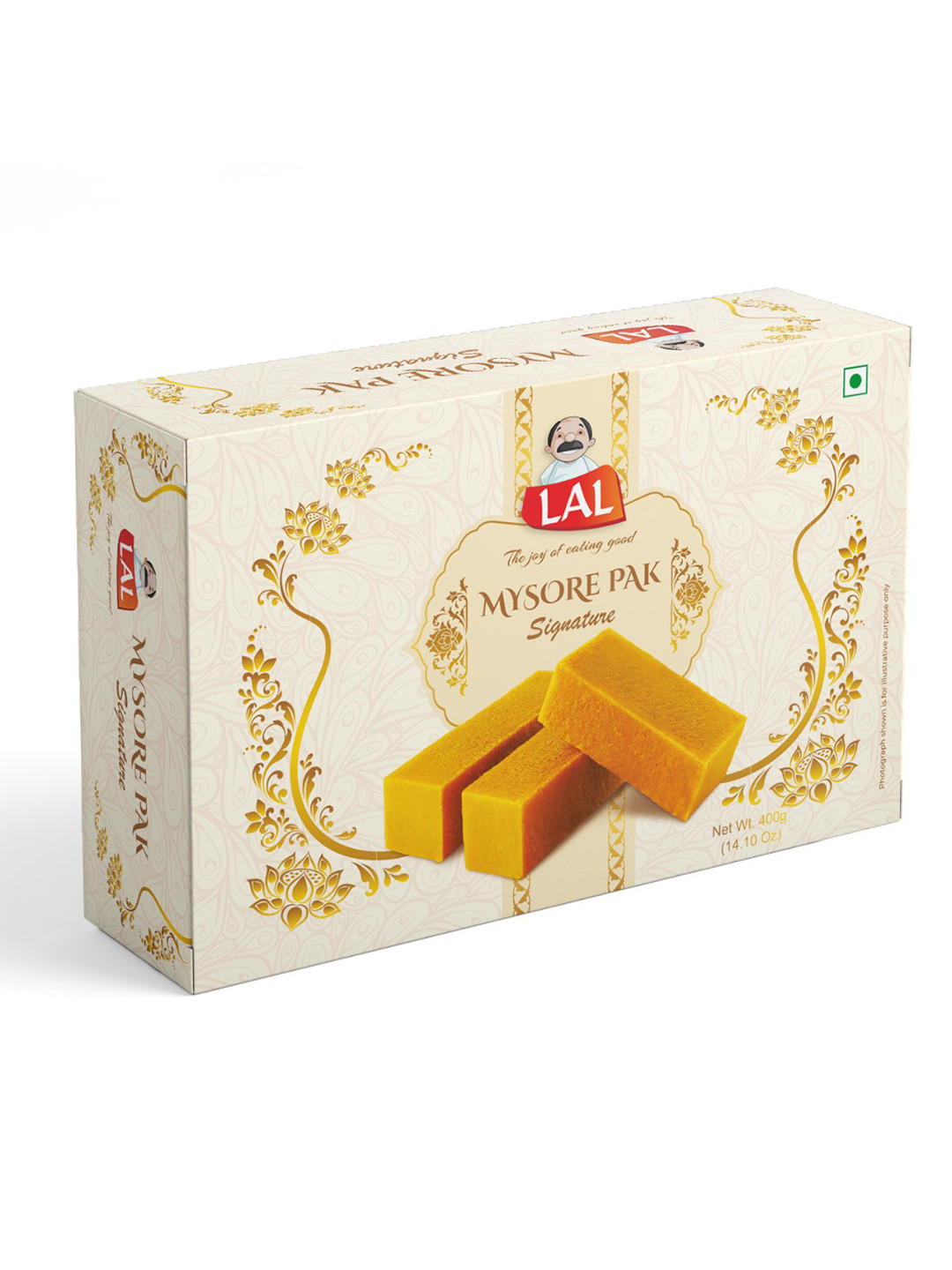From Spaghetti To Farfalle: The Story That Made The World Fall In Love With Pasta
Celebrate World Pasta Day 2025 on October 25 with a delightful exploration of pastas diverse shapes, rich history, and global traditions. Discover how each pasta tells a story of culture, creativity, and culinary charm shared across continents.

World Pasta Day is celebrated every year on the October 25.
On October 25 each year, food lovers across the globe celebrate World Pasta Day, a moment not just for culinary indulgence but for quietly marvelling at one of humankind's simplest yet most sophisticated creations. In 2025, as kitchens from Rome to Rio and Delhi to Dublin bubble with sauces and the scent of durum wheat, the story of pasta unfolds like a comforting bowl of heritage, warm, layered, and endlessly diverse.

World Pasta Day was established to recognise pasta's contribution to global cuisine and nutrition.
Photo Credit: Pexels
The Birth Of A Global Icon
The tale of pasta begins not in one place but in many. Archaeologists trace its earliest threads as far back as 3,500 years ago, with ancient evidence found in China during the Shang Dynasty where early noodles were made of millet, rice, or wheat flour. Meanwhile, Africa had its own versions crafted from kamut, and the Greeks had dough-like foods recorded in texts from the first millennium BC. Yet, it was in Italy where pasta found its eternal home.
Also Read: World Pasta Day: 5 Types Of Pastas That You Should Not Miss To Try
By the fourth century BC, pasta had woven its way into Etruscan life. Ancient Etruscan frescoes depict people making and boiling dough sheets, clear proof that Italy's embrace of pasta predates Marco Polo by centuries. Over time, as the Italian Renaissance dawned, pasta became not merely sustenance but a form of artistry. Cooks began drying sheets for preservation, shaping dough into curls, coils, and tubes, designs that would capture sauce and imagination alike.
A Congress And A Celebration

There are more than 600 known shapes of pasta across the world.
Photo Credit: Pexels
Fast-forward to Rome, 1995, when culinary leaders from forty nations assembled for the first World Pasta Congress. Their purpose was to acknowledge pasta's universal appeal and nutritional value. Three years later, the International Pasta Organisation (IPO) officially inaugurated World Pasta Day, to be celebrated every October 25. Since then, it has evolved from a trade event into a warm, cross-border celebration of food and culture, inspiring chefs, families, and children alike to rediscover cherished recipes or invent new ones. In 2025, the event carries themes of sustainability and mindful consumption, fitting threads in the modern culinary narrative.
A Shape For Every Story
Step into any Italian market and you'll find a spectacle: rows of pasta in shapes so varied that one could believe each was designed to tell a story. In truth, they were, each shape serving a distinct purpose, engineered for taste and texture.
Take spaghetti, long and elegant, the ambassador of all pastas. Paired traditionally with tomato-based sauces, it represents equality in cuisine, slender strands entwined in red sauce like columns of Roman architecture. Then there is penne, whose diagonally cut edges resemble the nibs of old writing quills. Its hollow form cradles creamy sauces, making it a symbol of comfort and communication, perfect for butter-rich dishes or Bolognese blends.
Fusilli, the spiralled helix beloved in Britain, captures sauce in its grooves. It's playful yet technical, the twist ensuring that even the lightest pesto clings lovingly to each curve. Meanwhile, farfalle, the bow-tie pasta, was born in Lombardy and Emilia-Romagna. Legend says it was inspired by Renaissance clothing bows, proof that fashion and food have always shared an Italian soul.

Spaghetti remains the most popular and widely consumed pasta variety.
Photo Credit: Pexels
Rigatoni, wide and ridged, comes from Campania and Lazio. The word stems from rigare, meaning “to stripe,” a clue to its ribbed design created to hold hearty ragus. Trofie, on the other hand, hail from Liguria. Their twisted lengths were once formed by rolling dough between fingertips, an art passed from grandmother to grandchild, often served with Genovese pesto.
And then, there's tortellini, the crown jewel of Emilia-Romagna. Myth claims it was shaped after the navel of Venus, glimpsed by a smitten innkeeper through a keyhole. Whether true or not, these tiny rings, stuffed with cheese and prosciutto, carry a romance that few other foods can match.[3]
The Science And Spirit Of Shape
Each pasta's shape influences its culinary fate. Smooth varieties like linguine excel with seafood sauces, their sleekness matching the delicacy of clams and prawns. Ridged cylinders such as rigatoni trap chunky vegetables, while thin angel hair or capellini complement light broths. Italians rarely mix shapes and sauces without reason, they treat pairing as a language of harmony, built over generations.
Across the 600 known styles of pasta, there exists a meticulous geometry. Cylinders increase surface area for sauces, grooves amplify texture, and ribbons create layers in baked dishes. Even the whimsical orecchiette, meaning “little ears”, from Puglia, is shaped to scoop up vegetables like turnip greens in traditional peasant recipes.
Pasta Across Continents
Though Italian by heart, pasta has become truly global. In America, it arrived with waves of Italian immigrants who brought comfort food to bustling cities. There, macaroni became synonymous with homeliness, leading to the birth of dishes like macaroni and cheese, simple, yet profoundly satisfying. In India, pasta now graces everything from fast-food menus to fine dining, mingling beautifully with regional spices. Tandoori penne or masala spaghetti may sit far from Rome, yet they echo pasta's true essence, adaptability.
In Japan, pasta is intertwined with local creativity. Wafu spaghetti combines soy sauce and seaweed for a uniquely savoury touch, an example of how culinary borders melt when wheat meets imagination. Likewise, in the Middle East, lighter pastas pair with spiced lamb and lemon zest, a bridge between European refinement and Eastern intensity.
A Symbol Beyond The Plate
Pasta is more than nourishment, it's heritage preserved in flour and water. Italians say that pasta is the language of family. Rolling dough was once a ritual passed through mothers' hands, and in modern homes, it's a weekend indulgence drawing generations together. It speaks of patience, craftsmanship, and connection, traits that transcend geography.
In nutrition, pasta has also proven itself timeless. When cooked al dente, slightly firm to the bite, it sustains energy and aids digestion better than overcooked varieties. Scientists and chefs alike champion pasta as a balanced carbohydrate base, particularly when paired with vegetables, olive oil, and protein-rich sauces.
The Modern Renaissance Of Pasta
In the 21st century, pasta continues to reinvent itself while staying loyal to its roots. Artisanal producers craft gluten-free varieties from chickpea or lentil flour, ensuring inclusivity without compromise on flavour. Sustainability is also taking centre stage, with many manufacturers switching to eco-friendly packaging and local wheat sourcing to reduce environmental footprints.
Contemporary chefs play with textures and temperatures: cold pasta salads with citrus zest, baked cannelloni filled with spinach cream, or even desserts using lightly sweetened noodles. Yet, as experimental as cuisine grows, the charm of a simple aglio e olio, spaghetti with garlic, olive oil, and chilli, remains unbeatable. It's pasta stripped to its soul, proof that elegance lives in simplicity.
A Celebration of Togetherness
On World Pasta Day 2025, as tables across continents fill with dishes both age-old and inventive, one realises that pasta isn't merely food, it is poetry made edible. Each forkful carries centuries of history from Etruscan ovens to modern dining tables. It whispers of seas crossed, stories shared, and families fed.
So, whether you twirl angel hair in a London bistro or savour trofie under the Genoese sun, remember this: pasta, like life itself, is best enjoyed when shared, seasoned with love, and served with a smile.
Products Related To This Article
1. Flipkart Supermart 100% Wheat Semolina Macaroni Pasta
2. Flipkart Supermart 100% Durum Wheat Semolina Fusilli Pasta
3. Flipkart Supermart 100% Durum Wheat Semolina Penne Pasta
4. Colavita FETTUCINE #268 500G Shell Pasta
5. Colavita Durum Wheat Fettuccine Pasta
6. PASTIANO Shells Pasta Jar 500gm X2 Shell Pasta
7. Colavita Farfalle Pasta 500g Durum Wheat Pasta
8. Colavita Col.Pasta RIGATONI #31 500G Rigatoni Pasta
9. Sunbay Penne Pasta 500g Pack Of 1 Penne Pasta
Frequently Asked Questions (FAQs)
1. When is World Pasta Day 2025 celebrated?
World Pasta Day 2025 is celebrated on October 25 across the world to honour one of the most popular and versatile dishes in global cuisine.
2. Who started World Pasta Day and why?
World Pasta Day was established in 1998 by the International Pasta Organisation following the 1995 World Pasta Congress in Rome to promote pasta's cultural and nutritional significance worldwide.
3. How is World Pasta Day celebrated globally?
People celebrate it by cooking traditional and regional pasta dishes, organising pasta festivals, sharing recipes and photos on social media with the hashtag #WorldPastaDay, and participating in workshops on sustainable food practices.
4. What are some popular pasta types enjoyed on this day?
Common favourites include spaghetti, penne, fettuccine, fusilli, lasagna, and ravioli. Many people also experiment with regional variations like Indian-style masala pasta or Japanese wafu spaghetti.
5. Why is pasta considered a symbol of cultural unity?
Because pasta, though rooted in Italy, has adapted to the flavours of every continent, blending local ingredients and traditions, making it a true emblem of culinary connection and shared taste worldwide.

























